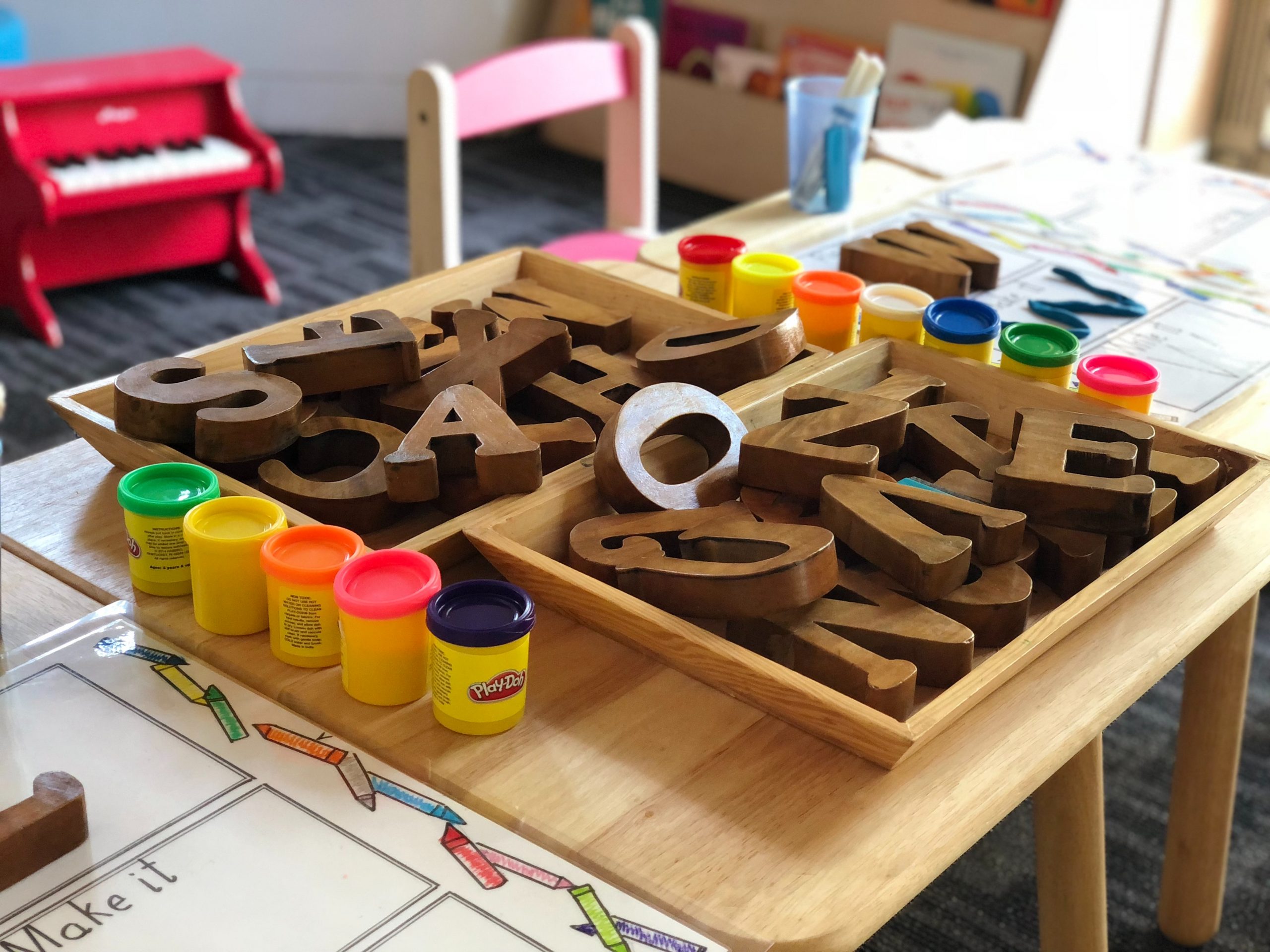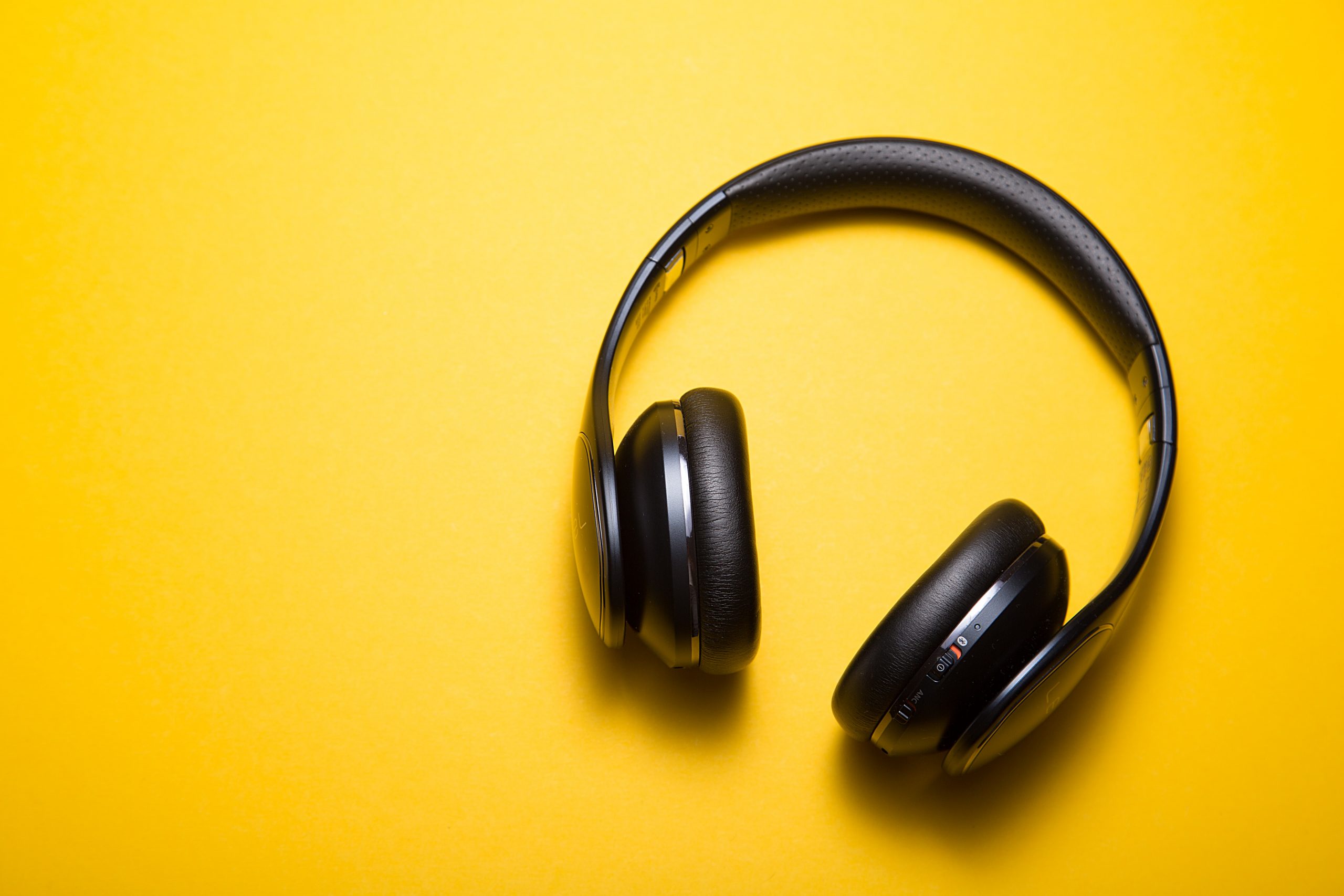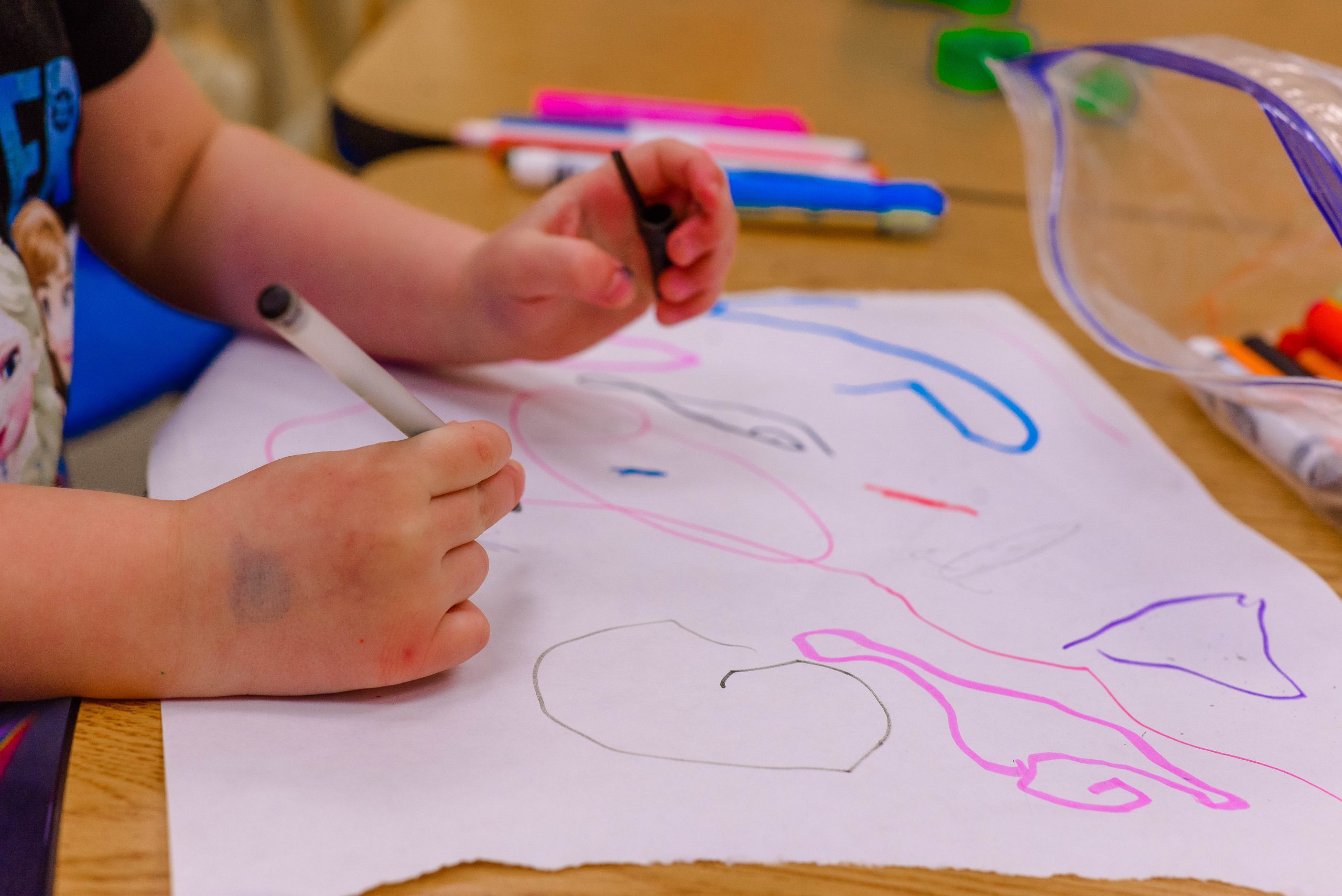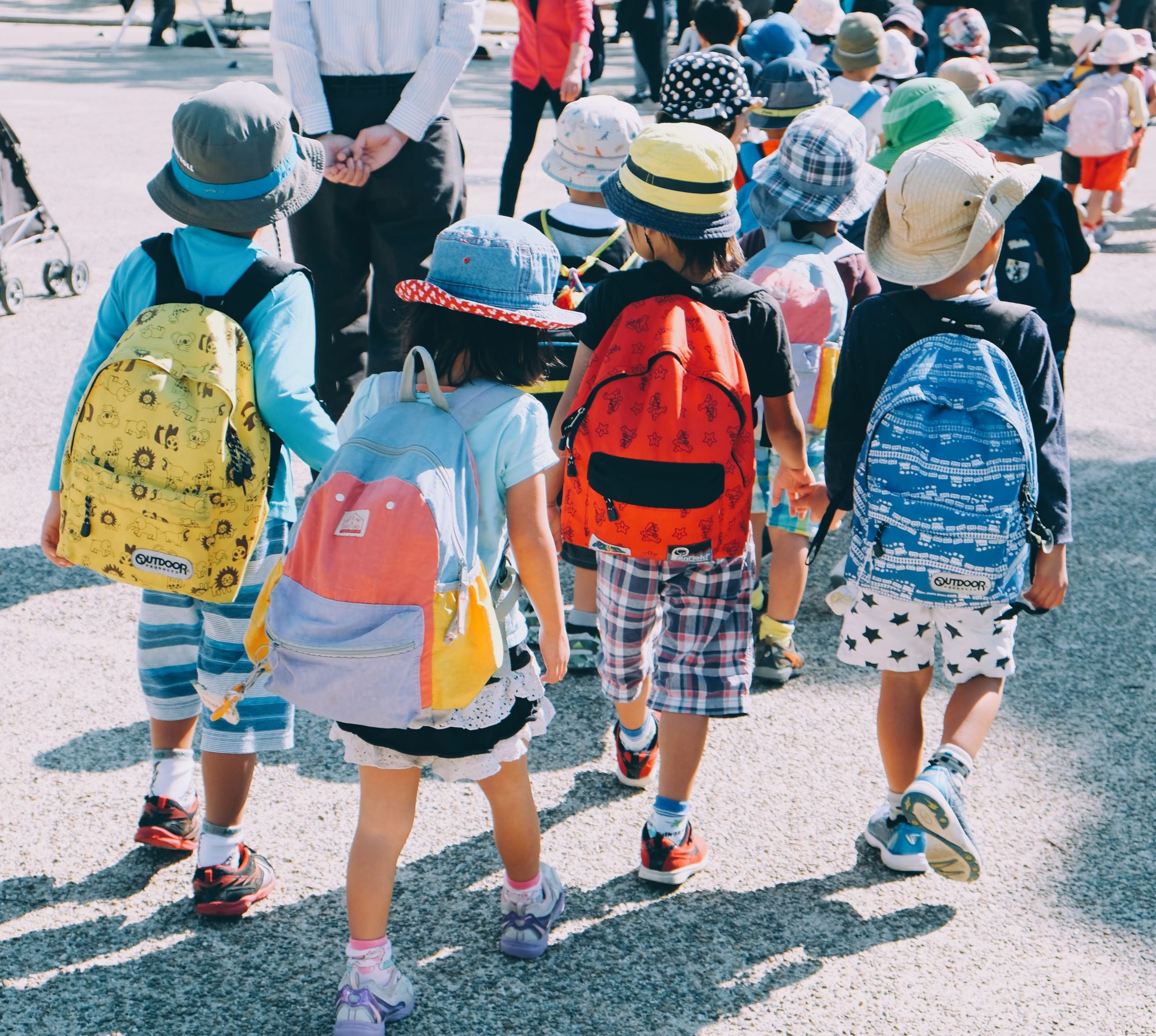
As a parent, you know how important education is for your child’s future. Academic learning starts early for most children in kindergarten. Have you ever thought about the different ways that children learn? Every child is unique and has their own learning style, which can impact how they absorb information and engage in the classroom.
That’s why teaching inclusivity by adapting teaching methods for students with different learning styles is so crucial. It involves recognizing that students learn in different ways and adjusting teaching approaches to meet their needs.
There are many different models of learning, but the most common ones are divided into three major groups: visual, auditory, and kinesthetic learning styles.
Let’s take a closer look at this approach to education and how it can benefit your child.
Different Learning Styles Used in Kindergarten

Here are the key learning styles used at some kindergarten in Singapore:
Visual Learning Style
Visual learners prefer to learn through pictures, diagrams, maps, graphs, and other visual aids. Teachers can also encourage taking notes using mind maps or other visual tools, and provide opportunities for them to create visual projects or presentations to demonstrate their understanding of a topic.
Key benefits:
1) With visual learning, students often have a strong sense of spatial awareness and are able to visualise concepts and information in their mind’s eye.
2) The young learners tend to remember information better when it is presented in a visual format.
Auditory Learning Style

Auditory learning style implies learning through hearing and listening. To accommodate auditory learners, educators can use a variety of auditory aids such as podcasts, lectures, discussions, and audiobooks.
Key benefits:
1) Learners who may struggle with visual distractions or may have difficulty focusing on reading or written materials for extended periods of time find it easy to learn with auditory learning methods.
2) This learning style also encourages the young learners to participate in group discussions or debates, and provide opportunities for them to interact with other students and demonstrate their understanding of topics.
Kinesthetic Learning Style
Kinesthetic learning style is also used by some kindergartens. It refers to learning through movement, touch, and hands-on experiences. For example- teachers may use a variety of hands-on activities such as experiments, field trips, simulations, and role-playing exercises. These activities might be beneficial for students who like to engage and learn through physical activities.
Key benefits:
1) Young students often have a good sense of physical coordination and may enjoy activities such as sports or dance.
2) It is more beneficial for learners who may struggle with sedentary activities such as reading or lectures, and may find it difficult to concentrate for extended periods of time without physical movement.
3) This learning can also encourage these learners to take breaks and move around during class, and provide opportunities for them to create physical models or demonstrations to illustrate their understanding of a topic.
Why is it important to use adaptive teaching methods?

Adaptive teaching methods are important because they allow educators to tailor their teaching style to meet the individual needs of each student. Every student has unique strengths, weaknesses, and learning preferences, and adaptive teaching methods help to address these differences and provide a more personalised learning experience.
Reasons why schools in Singapore use adaptive teaching methods:
1. Increased Engagement
When students feel that their learning experience is personalised and relevant to them, they are more likely to be engaged and motivated to learn. Adaptive teaching methods can help educators provide a more engaging and interactive learning experience that meets the individual needs and preferences of each learner.
2. Improved Learning Outcomes
Adaptive teaching methods can lead to better learning outcomes by catering to the specific needs of each student. When students are provided with learning materials that match their learning style, they are more likely to understand and retain the information being presented.
3. Inclusion

Adaptive teaching methods can help promote inclusion by ensuring that all students have access to the same quality of education, regardless of their individual learning styles or abilities. This can help to reduce the achievement gap between students and create a more equitable learning environment.
4. Greater Efficiency
Adaptive teaching methods can help save time and resources by allowing teachers to focus their efforts on the areas where students need the most help. By identifying areas of weakness and providing targeted support, educators can help students to progress more quickly and effectively.
5. Lifelong Learning
Adaptive teaching methods can help promote lifelong learning by instilling in students a love of learning and a sense of self-efficacy. By providing a personalised learning experience that is tailored to each student’s unique needs and interests, educators can help foster a lifelong love of learning that extends beyond the classroom.
Conclusion

In conclusion, as a parent, it is important to recognise the significance of teaching for inclusivity and the importance of adapting teaching methods for your child with different learning styles.
By advocating for your child’s individual needs and collaborating with their educators, you can help create a supportive learning environment that fosters growth and academic success in Singapore. It is crucial to communicate openly with your child’s teacher, share your concerns, and work together to find solutions that meet your child’s unique needs.
By embracing inclusivity in education, educators and parents can greatly empower children to reach their full potential and set them up for a bright future.
